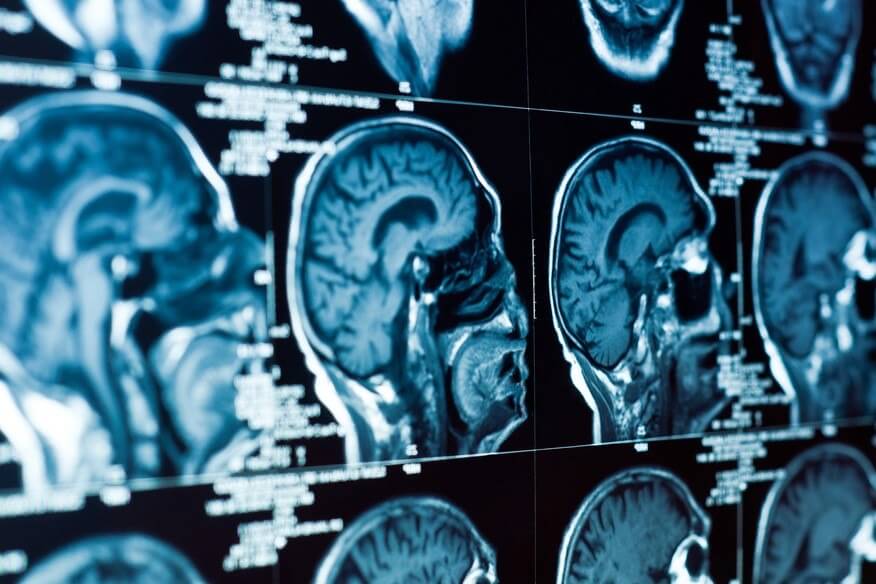Cerebral palsy is caused by damage to the motor control centers of the developing brain and can occur during pregnancy, childbirth, or after birth up to about age three. Cerebral palsy causes a group of permanent movement problems that do not get worse over time. They cause physical disability, mainly in the areas of body movement. There may also be problems with sensation, depth perception, and communication ability. Difficulty with cognition and epilepsy are found in about one-third of cases. There are subtypes including a type characterized by spasticity, a type characterized by poor coordination, and types which feature both symptoms or neither. About 2 percent of all cerebral palsy cases are believed to be due to a genetic cause. Cerebral palsy is not an infectious disease and is not contagious. Most cases are diagnosed at a young age rather than during adolescence or adulthood.
Cerebral Palsy

